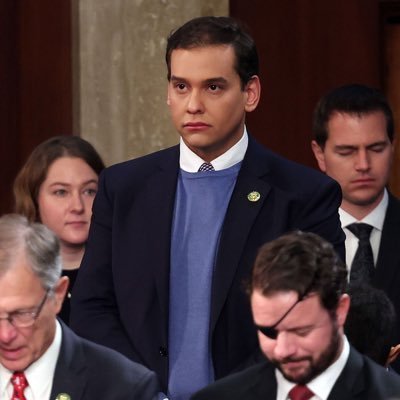President Donald J. Trump, photographed in his official 2025 portrait, has publicly reversed his previous opposition to the release of Jeffrey Epstein investigation files, urging House Republicans to support disclosure. The move sets up a potentially pivotal House vote on transparency in one of the most high-profile federal investigations in recent history.
By Gina Hill | Alaska Headline Living | November 2025
Washington didn’t wait for the weekend to drop the big moves. A sudden about-face from Donald Trump has the House racing toward a blockbuster vote on the long-sealed Epstein investigation files. Now, lawmakers on both sides of the aisle are quietly bracing for what full disclosure might unleash. Meanwhile, a bipartisan coalition in the House is demanding a real seat at the table as Congress hurtles toward December’s healthcare showdown.
Here’s what’s happening, why it matters, and what to watch next.
1. Donald Trump flips stance: House vote imminent on Jeffrey Epstein-files release

What happened:
- The U.S. House of Representatives is poised to vote as early as Tuesday on a measure to compel the U.S. Department of Justice (DOJ) to release investigation files related to Jeffrey Epstein. Reuters+2AP News+2
- Former President Trump, who previously opposed the move, publicly reversed course. He now encourages House Republicans to vote for the release, asserting he has “nothing to hide.” TIME+1
- The reversal comes after pressure from both Republicans and Democrats; the bipartisan push includes motion filed by Thomas Massie (R-KY) and Ro Khanna (D-CA). TIME+1
- The vote is expected to pass in the House given growing GOP support, but the bill’s fate in the Senate remains uncertain. AP News
Why it matters:
- This is a rare instance of the House leadership and a former president being in alignment on transparency in a high-profile investigation.
- The stakes are high: the files relate to an investigation that spans multiple administrations, and releases may contain sensitive information about high-profile individuals.
- The political optics: Trump’s prior opposition had drawn criticism; his reversal may shift intra-party dynamics. The move also raises questions about what prompted the change (political calculation vs. new legal strategy).
- For the public: freeing the files may advance accountability, but also raises privacy, national-security and legal concerns about what should be made public.
Key details to watch:
- The exact language of the bill or resolution: what files are mandated for release, under what conditions, and whether redactions are allowed or limited.
- The number of GOP votes in favour: this will indicate whether Trump’s endorsement swayed holdouts.
- Reactions from key committees (e.g., the House Committee on Oversight and Government Reform) and Senate leaders. If resistance emerges, what amendments or compromises are proposed.
- Whether any executive-branch agencies (DOJ, FBI) object to release, citing national-security or law-enforcement concerns.
- Impact on the broader Republican party: some conservative members had opposed the move; how they respond may affect GOP unity.
2. Bipartisan House group demands inclusion in December healthcare talks
What happened:
- A bipartisan letter from 30 members of the House, both Republican and Democrat, was sent to Senate leaders Chuck Schumer (D-NY) and John Thune (R-SD). Kiggans House
- The subject: Ensuring the House has a seat at the table in forthcoming negotiations over expiring premium tax‐credits under the Affordable Care Act (ACA) and broader health-insurance cost issues. The letter warns that millions of Americans face steep cost hikes if action isn’t taken. Kiggans House
Why it matters:
- The signalled inclusion of House members may indicate a shift toward more comprehensive legislative bargaining rather than just Senate action.
- The premium tax credits under the ACA are a significant lever for millions of households; if they expire or shrink, the political backlash could be substantial, especially heading toward 2026 mid-term elections.
- The bipartisan nature of the letter suggests both parties recognize risk in letting health-care costs balloon without legislative relief.
Key details to watch:
- Whether the Senate embraces the House’s demand or resists it—this will shape which chamber drives the final legislation.
- The timeline: the December vote referenced. Will there be interim measures or only one big package?
- How the cost projections for the tax credits evolve: if estimates for coverage loss become more dire, pressure will increase.
- Whether partisan fault lines emerge (e.g., how to pay for extensions, what offsets are required, whether to restructure subsidies).




